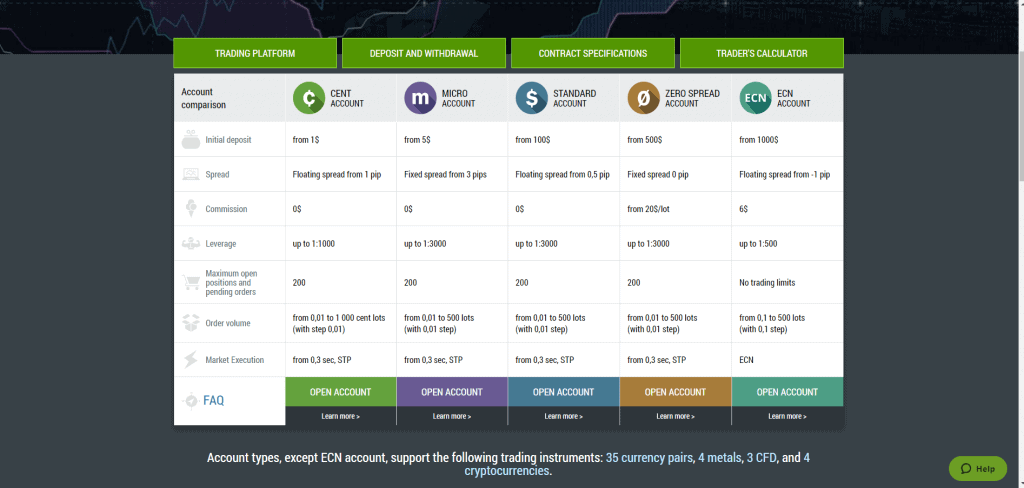Contents
Identifying overvalued and undervalued stocks will the investor decide what to buy and sell, thereby realising the true potential of every investment. Return on equity –This measures the company’s profitability against equity. This means the company is unable to generate higher income as compared to the shareholders’ investment. The market suffers when a country’s macroeconomic conditions are poor, it is likely the most frequent factor leading to the undervaluation of shares. Due to such unfavourable circumstances, the market value of shares declines. To estimate the value of shares, investors should have a fundamental understanding and awareness of the overall economic conditions.

The price-to-book ratio compares a company’s market value to its book value. It is calculated by dividing Market price per share by Book value per share. It measures how much investors are willing to pay for each rupee of a company’s net value.
Stock investing 101
A company with a very high rating could be already accurately valued or overvalued but a company with an average rating could have a better chance to be a value stock. If tomorrow the markets crash, you could find most stocks bottoming out. Now, this does not mean that they are undervalued or make for a good investment option. Similarly, many stocks may see their fortunes rising in an upward trend.
Our services are non-advised however, we may facilitate providing you with required advice through eligible third-party providers. We recommend that the same must be reviewed independently by the customers. Here are at least 7 principles/criterion from Benjamin Graham’s checklist to help you identify value stocks. We do not sell or rent your contact information to third parties. This article is meant for information only and should not be relied upon as financial advice.
How To Evaluate Management Quality Before Buying Stocks?
The market price of a stock can be below, above or equal to the fair value. Moat and margin of safety are common terms used by Warren Buffet. While moat reflects a unique advantage that the company may have built, the margin of safety captures the extent of undervaluation. The wider the margin of safety stronger is the case to invest in the stocks as an underpriced bet. Here’s a list of 25 Indian undervalued stocks with P/BV less than 0.8 and debt that’s well below equity screened from the Equitymaster website.

The P/S ratio is useful for learning how the market values every Rupee of the company’s sales. Another simple and self-explanatory principle, courtesy of the investment guru. Invest in companies that give back, which is also a principle that Warren Buffet closely follows. Companies that pay dividends will help you create a passive income. Companies that have debt much higher than their current assets.
How To Determine The True Value Of A Stock?
PE ratio does not show a company’s future earnings growth hence many consider the PEG ratio as an evolved/modified version of the PE ratio. Hence, if the PEG ratio of a company is low, it is probably one of the undervalued growth stocks in India. The thing to remember is that picking a quality stock amidst market turmoils, which is common, can be challenging. A habit of deep reading annual reports and ratios can help you pick brilliant stocks which are still not identified.

The fair price of a stock is when the market price is below the stock’s estimated intrinsic value. Warren Buffett believes that ‘if the business does well, the stocks eventually follow’. Hence the reason why Buffett only invests in companies that have strong fxopen review and robust fundamentals. — Discounted cash flow model is quite popular, but cash flow can be misleading if a company is on the verge of bankruptcy and has sold some of its assets. Therefore, the share price of Rs 14 is on the lower side — and undervalued.
Also, the company might have been paying its debts and the market has not factored that thing in yet. To find undervalued stocks, you can create Using your Struggle to Improve your Trading your own screener in ‘Create New Screen’ icon. The company holds a share in Godrej consumer products, Godrej Properties, and Godrej Agrovet.
Factors affecting the undervaluation of shares
As per prevailing interest rates in India, companies that have delivered ROE of 15% or higher in the long term are considered to be good companies. These are PE ratio, PEG ratio, ROE, PS ratio, DE ratio, dividend, and historic data. Generally speaking stocks with azure devops discontinued lower PE ratios are more likely to be undervalued than those with higher PE ratios. That does not mean that a stock with a PE ratio of 20 is necessarily overvalued but it does mean that it might be. A PEG ratio of less than 1.00 is considered likely undervalued.
- A lot of information required for the selection of value stocks can be easily accessed through the annual reports of a company.
- Invest in companies that give back, which is also a principle that Warren Buffet closely follows.
- If the calculation is below 1.0, the stocks of a company are considered undervalued.
- Intrinsic value estimation should be the basis of driving all stock investment decisions.
- This indicates that for every Rs. 100 invested into the business, the company has earned 15% over and above its threshold levels by using the Equity deployed.
P/BV ratios are calculated by dividing the current share price by the most recent book value per share for a company. Book value provides a good indication of the underlying value of a company. Investing in stocks selling near or below their book value makes sense from a value investing perspective. Low debt is obviously a desirable trait in stocks, irrespective of whether you are a valuation trader or not.
Non-Trendy Stocks
Accordingly, customers are expected to undertake their own due diligence in consultation with their own advisors and are advised not to solely rely on the Information. In 2021, when the volatility of stocks is un-understandable and likely to be confusing for first-time investors, it would be wise to learn a bit more about this strategy. Many retail investors have made mistakes that can’t be corrected due to boarding hype trains and watching other investors, without doing their due diligence. While value investing, the risk is lower by default as it is a more informed way to invest.
Traditionally, a PB ratio of 1 is for a fairly valued stock; anything above 1 is considered overpriced, and anything below 1 is underpriced. This, however, varies basis sector and macroeconomic factors. When a company gets caught in a situation that leads to negative media coverage, the price of its stocks always falls.
What days are stocks cheapest?
The logic behind this advice is that stock prices are said to be at the lowest on a Monday (meaning you will buy shares at a lower price). The same contention goes on to say that stock prices are at their highest on a Friday (meaning that you will sell at a higher price).
A dividend paying company is always in the good books of investors because these companies reflect good financial position enabling them to share their profits with us. Higher dividend yield is always favorable however, it is important to compare it with the industry average and its peers. If you attempt to identify undervalued stocks and invest in them, you are said to use a value investing strategy. However, investing in a few such stocks may increase risk as your investment returns depend on those few stocks only. A better option you can consider is investing in value funds.
What is a good PE ratio?
Again, these ratios are often used in a comparative sense, so what's good or bad is often dependent on what you're comparing it against. To give you some sense of what average for the market is, though, many value investors would refer to 20 to 25 as the average P/E ratio range.
Usually, companies are judged as good investments if their reported profits are big. However, some investors focus more on the company’s net cash flow. Net cash flow refers to the cash flow remaining after all outflows such as capital and operating expenses have been adjusted. Stocks with good net cash flow can but lower earnings can be priced low.

